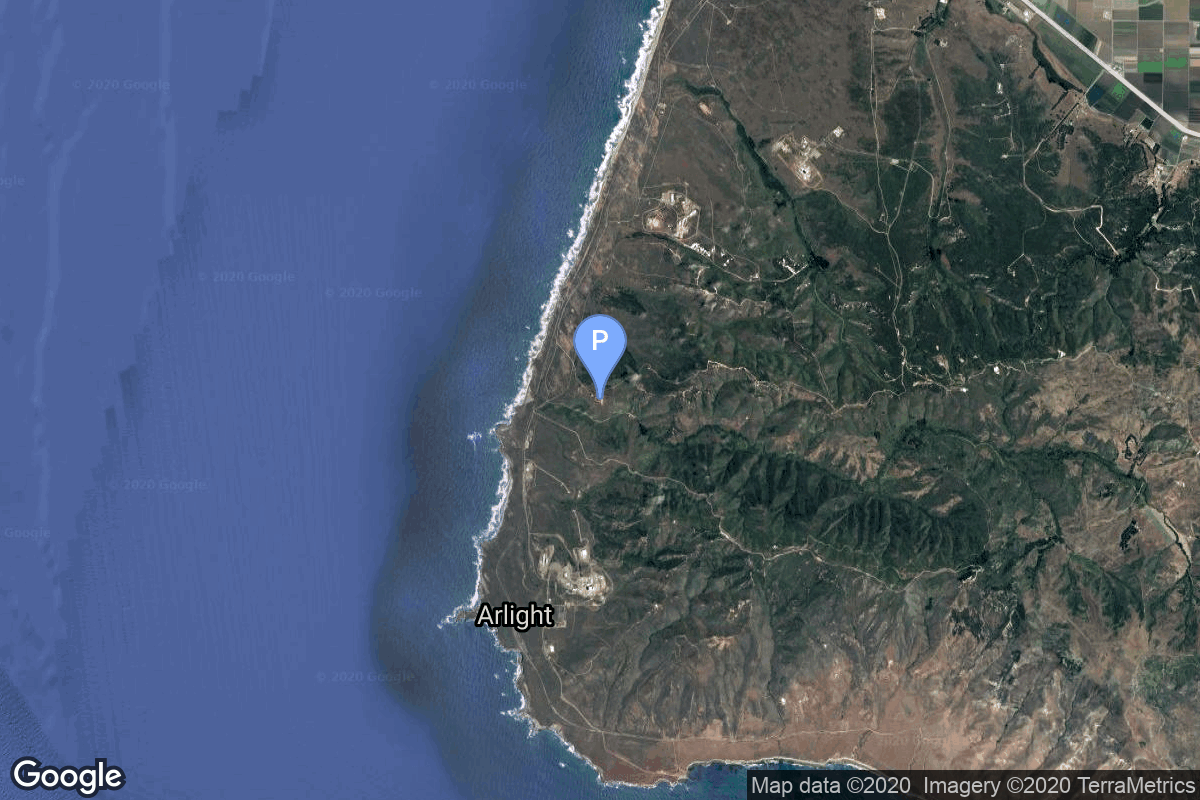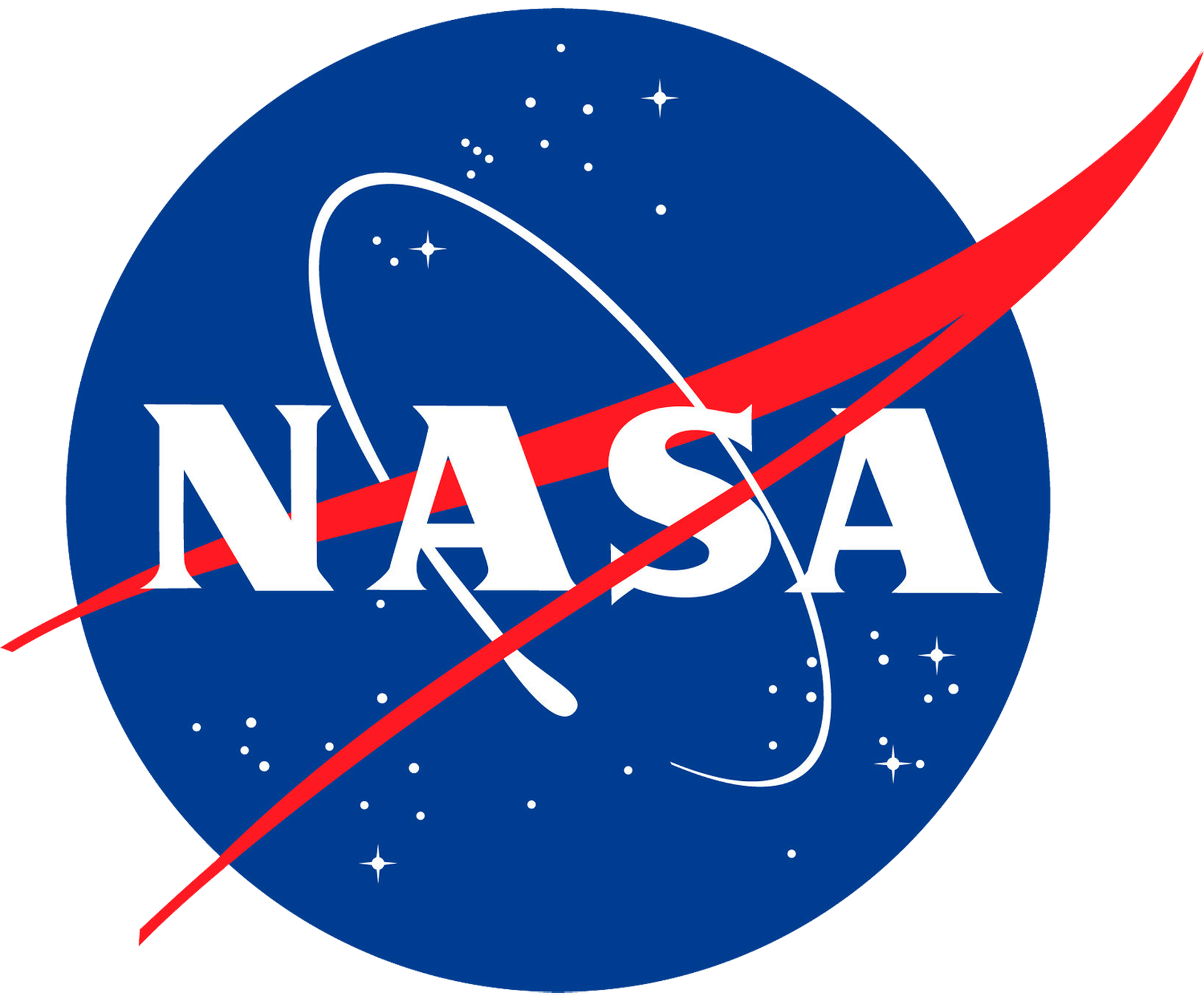SAMPEX
Scout G-1
National Aeronautics and Space Administration
Mission
SAMPEX
- Type: Planetary Science
- Orbit: Low Earth Orbit
- Launch Cost: $8,660,000
The main objectives of SAMPEX (Solar Anomalous & Magnetospheric Particle Explorer) experiments was to obtain data for several continuous years on the anomalous, components of cosmic rays, on energetic particle emissions from the sun, and on the precipitating magnetospheric relativistic electrons.
Location
Space Launch Complex 5
Vandenberg SFB, CA, USA
Space Launch Complex 5 has witnessed the launch of 69 rockets, including 69 orbital launch attempts, while Vandenberg SFB, CA, USA, has been the site for 749 rocket launches.
Rocket
Vought Scout G-1
The Scout family of rockets were were American launch vehicles designed to place small satellites into orbit around the Earth. The Scout multistage rocket was the first orbital launch vehicle to be entirely composed of solid fuel stages.
Agency
National Aeronautics and Space Administration
The National Aeronautics and Space Administration is an independent agency of the executive branch of the United States federal government responsible for the civilian space program, as well as aeronautics and aerospace research. NASA have many launch facilities but most are inactive. The most commonly used pad will be LC-39B at Kennedy Space Center in Florida.

